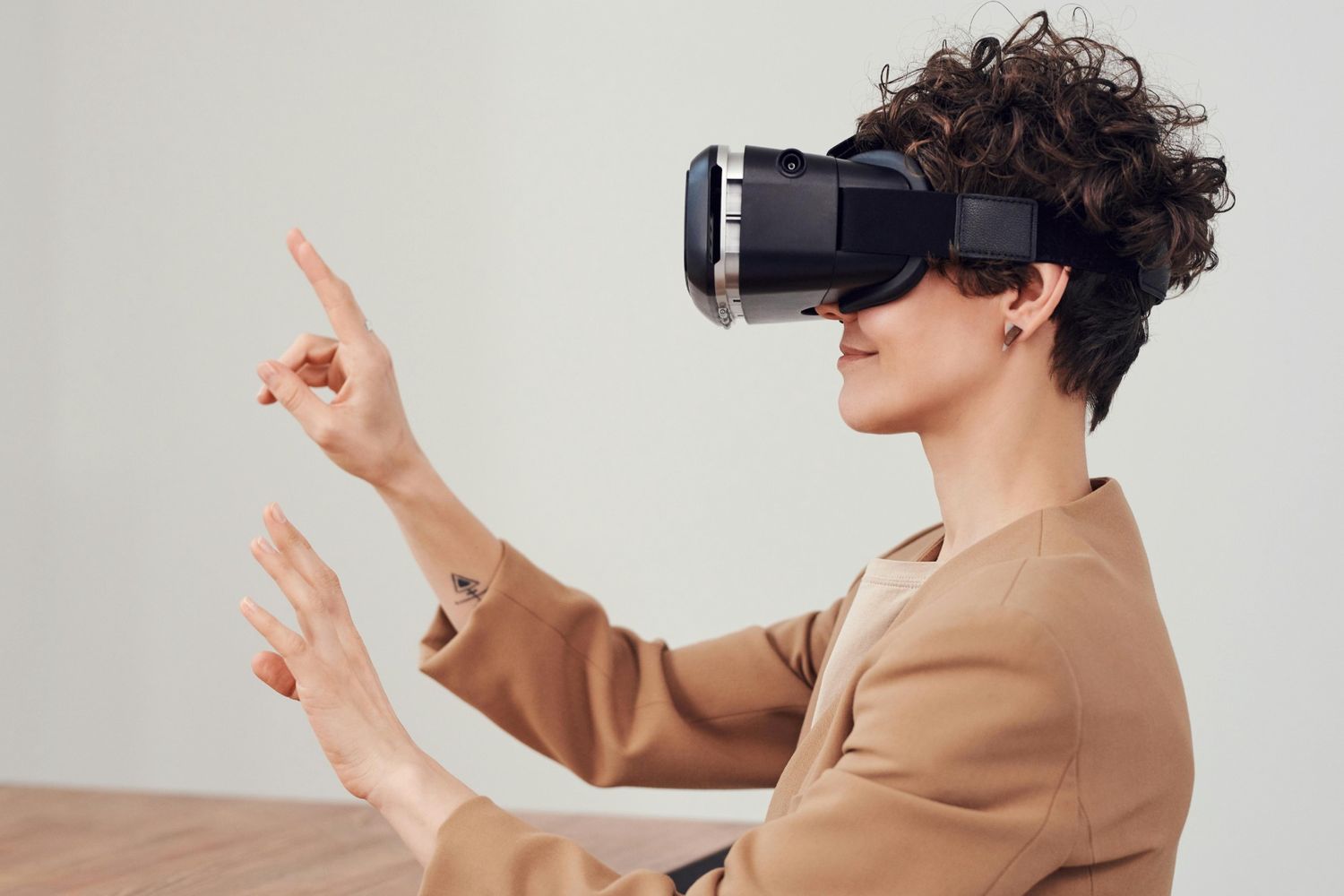Augmented Reality Marketing Is Exciting—But Is It Ethical?
Augmented reality marketing has exploded across industries. From interactive product experiences to virtual try-ons and gamified brand campaigns, AR marketing offers immersive, highly engaging ways to connect with consumers. Brands are excited, users are curious—but beneath the innovation lies a pressing question: Is it ethical?
While augmented reality in marketing has opened creative doors, it also introduces complex concerns around data privacy, consent, user manipulation, and psychological impact. As marketers, it’s our responsibility not just to push boundaries but to understand the potential consequences of what we create.
In this blog, we’ll dive into the ethical landscape of augmented reality marketing campaigns, helping you balance innovation with integrity.
How Augmented Reality Marketing Collects Data—And Why That’s a Problem
At its core, augmented reality marketing is powered by data. AR apps often rely on geolocation, device sensors, facial recognition, camera input, and even biometric tracking to deliver immersive experiences.
This raises critical questions:
What kind of data is being collected?
Is the user aware of this data exchange?
Is the data stored securely?
How long is it kept—and who else has access?
Unlike traditional digital ads, AR marketing doesn’t just observe—it interacts. This interaction feels personal and even intimate, making it easy for marketers to unintentionally (or intentionally) overstep ethical lines.
The Invisible Trade: Engagement for Data
Many users engage with augmented reality in marketing without fully realizing the trade-off. A playful branded filter on Instagram may seem harmless, but it could be collecting facial data or behavioral patterns. A gamified AR scavenger hunt might track precise location data over long periods—even when the app isn’t actively in use.
This asymmetry in information creates an ethical imbalance. As marketers, we must ask: Are we being transparent enough? Do users truly know what they’re opting into?
Key ethical issue: Lack of informed consent.
Consent in Augmented Reality Marketing: Opt-In or Opt-Illusion?
In the AR space, obtaining proper consent is trickier than it looks. Many apps bury permissions in long-winded terms of service. Others request access to cameras and microphones without clearly stating how the data will be used.
Best practice tip:
Always use clear, user-friendly pop-ups and prompts that explain:
What data is being collected
Why it’s needed
How it will be used
How long it will be stored
Whether it will be shared with third parties
For augmented reality marketing campaigns to maintain trust, informed consent must be real—not performative.
Manipulation in AR Marketing: Where Is the Line?
Let’s say you design an AR experience that uses subtle cues to influence buying decisions. Perhaps it alters the size or appeal of a product when viewed through the lens. At what point does this cross from persuasion into manipulation?
AR’s immersive nature means users suspend disbelief. They’re emotionally and mentally engaged, and this can blur their judgment. If your AR marketing campaign is designed to exploit that vulnerability—intentionally or not—you’ve stepped into ethical gray zones.
Example: An AR beauty filter that “enhances” a user’s appearance, then prompts them to buy the makeup used in the filter. Effective? Yes. Ethically questionable? Also yes—especially if it affects self-esteem or targets young, impressionable users.
AR Marketing and the Vulnerability of Children and Teens
Children and teens are among the most enthusiastic users of augmented reality marketing experiences—from Snapchat filters to AR games promoting products.
But these younger users often lack the critical thinking skills to understand persuasive intent or recognize data collection practices. When brands use AR to reach minors, it raises serious concerns:
Are we exploiting curiosity for profit?
Is the AR experience age-appropriate?
Are we complying with child privacy laws like COPPA or GDPR-K?
If your brand’s augmented reality marketing campaigns include youth engagement, ethical oversight must be a priority—not an afterthought.
Bias in AR: Are We Creating Inclusive Experiences?
AR systems are often trained on data that may not reflect the full diversity of users. As a result, facial recognition and AR filters may fail to detect or properly display features on people of color or those with disabilities.
This isn’t just a technical bug—it’s a representation issue. Biased algorithms in AR create exclusion, frustration, and damage brand reputation.
Marketers should collaborate with developers to test augmented reality in marketing experiences across diverse user profiles and ensure equitable functionality. Inclusivity is not a “nice-to-have”—it’s a business imperative.
How to Make Your Augmented Reality Marketing Campaigns More Ethical
Build Transparency into the UX
Don’t hide behind fine print. Make data usage and permissions visible and digestible during the user journey.
Design for Opt-In, Not Opt-Out
Never auto-enable permissions or assume user consent. Offer clear “accept” and “decline” paths before launching AR features.
Be Honest About Engagement Goals
Avoid manipulative tactics disguised as “personalization.” If an experience is designed to influence decisions, be upfront about it.
Create Age-Appropriate Content
Implement age gates, restrict certain features, and avoid targeting AR marketing campaigns at minors without verified parental consent.
Vet Your AR Partners
Ensure your AR tech vendors comply with ethical data practices, have robust privacy policies, and offer tools for consent management.
The Business Case for Ethical AR Marketing
Some marketers worry that ethical AR design might reduce engagement. But the opposite is true—trust builds loyalty. When users feel respected, they’re more likely to engage, share, and become brand advocates.
In a world where data breaches, dark patterns, and user manipulation are increasingly scrutinized, ethical augmented reality marketing isn’t just the right thing to do—it’s the smart thing to do.
Final Thoughts: Augmented Reality Marketing Must Be Human-Centered
AR offers a dazzling array of creative tools, but with great power comes great responsibility. As we build more immersive AR marketing experiences, we must also build more accountability into our processes.
It’s time to stop thinking only about what AR can do—and start thinking about what it should do.






